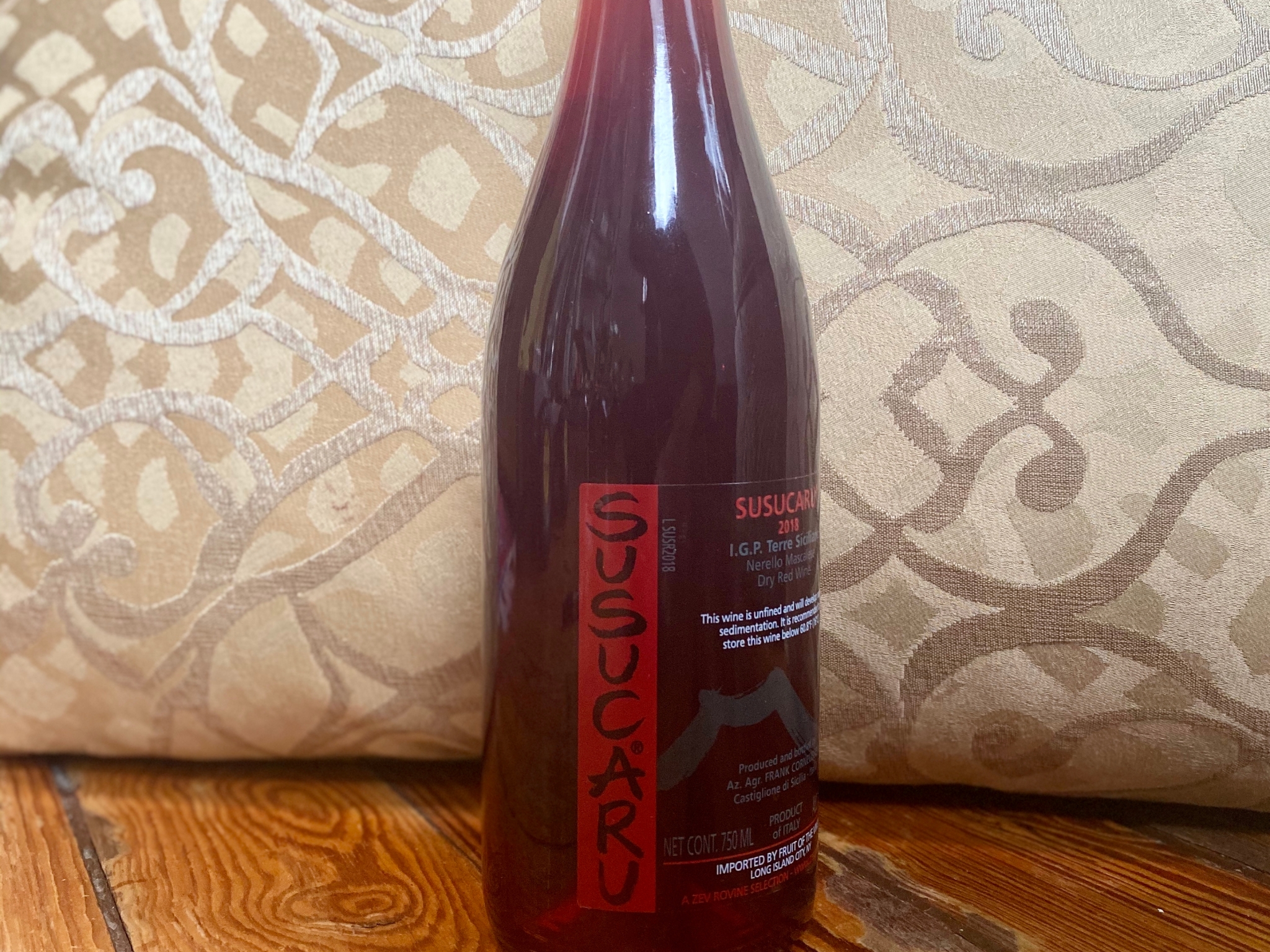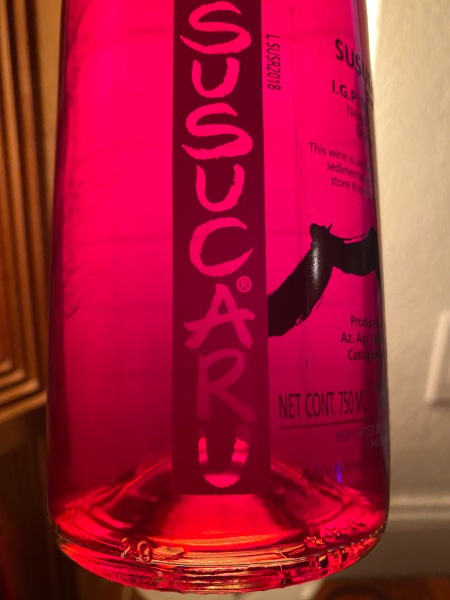Natural Wine and the Question of Perfection
Susucaru Rosso is generous to a degree you would never expect from a stranger. After screwing off the cork, the scent of raspberries rises from the bottle’s mouth. In the sunlight, the clear-glass bottle shines like rubies, and in the shade, it’s a brooding, bloody red. The first sip reminds me of the first bite into a gala apple. A few sips in, rainier cherries and cranberries swirl on the tongue, and a flinty dry after-taste pokes its head through the fruit and acid like a shy guest chiming into the conversation at a party. As Frank Cornelissen’s “entry-level” red wine, it’s hard not to love it and to feel loved while drinking it. The flavor profile is so harmonious, hitting almost every point on my mental scorecard, it’s nearly perfect.

Is it fair to call it nearly perfect, when perfect, in this case, is just another word for “balanced”?
In the conventional wine world, “perfection,” and the wines which attract perfect scores by critics, have long been associated with a handful of characteristics: concentrated grapes, high alcohol level, oak-aged, bottled to last for years in a cellar. Far from possessing these qualities, most natural wine is so unlike this “perfect” wine, it’s like natural winemakers set out to make something esteemed sommeliers would immediately spit out on the table.
The rise of natural wine and its legion of devoted fans, who skew on the younger side, signals a change in the winds, a generational pivot away from “perfection” and embrace of imperfection. There is a greater appetite for weirdness in the air. Patrick Desplats’ “Vent y Tourne” and Cascina ‘Tavijn’s “Ottavio” are as strange as they are delicious; their imperfections are what make them interesting, unforgettable. Newly popular natural winemakers, like Austria’s Meinklang and Mexico’s Bichi, create wines diametrically opposed to the kind of “perfect” bottles revered by Robert Parker, the famous wine critic of yesteryear. Meinklang’s popular frizzante rosé tastes like a strong can of Recess, and Bichi, well, nobody knows what grapes are even in his wines!
With such a glaring discrepancy between the old-guard idea of perfection and what is ideal now among a swath of new drinkers shows how unreliable the terminology is for describing wine. What is perfect has always been subjective.
So, we can define perfection on our own terms.
For me, perfection is the quality of having balance, and as a characteristic, it’s not necessarily better or worse than other qualities. I don’t only want balanced wines. How boring would that be?
Sometimes, though, I crave a wine that is easy, guaranteed to please. Susucaru Rosso is just that. While its price is a bit on the higher end of the typical dollar range for natural wine — around $30 — it is worth spending on, and it lives up to its hype.
I can recommend other well-balanced red wines. In France’s Jura region, Stéphane Tissot and Domaine de la Tournelle bottle blends and varietal wines using Trousseau and Ploussard that are bright and juicy, yet structured. They hit a sweet spot of fruit and acidity and have enough of a backbone to pair well with steak or other heavy foods. I’ve tried Tissot’s DD, Tournelle’s L’ Uva, and adored them both.
- Producer: Frank Cornelissen
- Grape varieties: Field blend, roughly 85% Nerello Mascalese
- Region: Sicily
- Country: Italy
- Taste words: Cranberries, raspberries, apples, flint, squeezed lemon wedge
- Apples and cranberries roll around in a pile of ash, then get concentrated into a zesty juice to drink on summer nights.